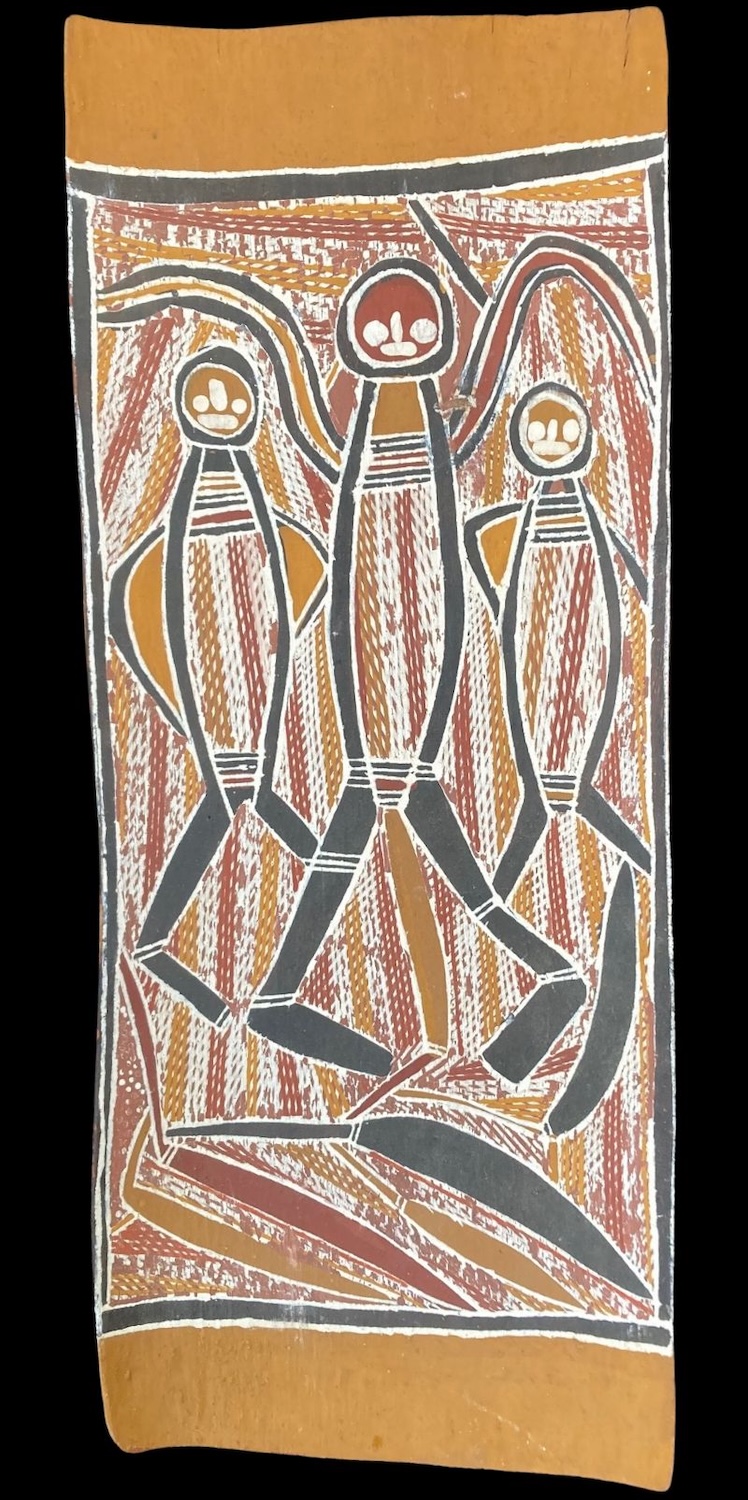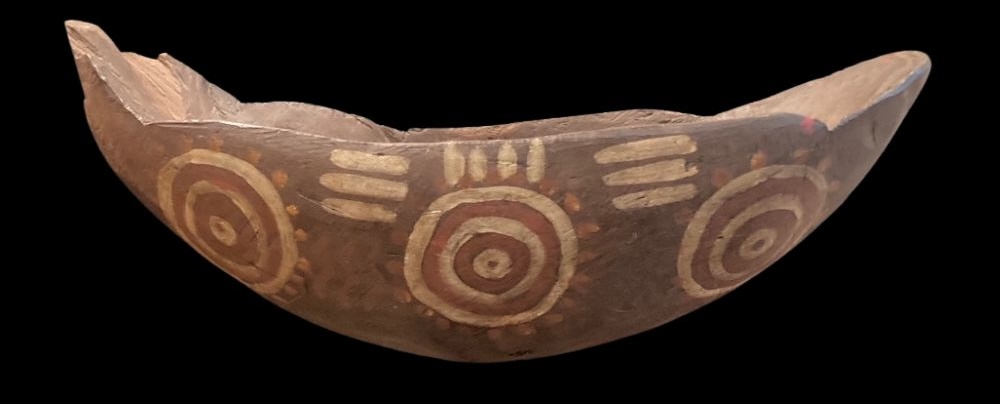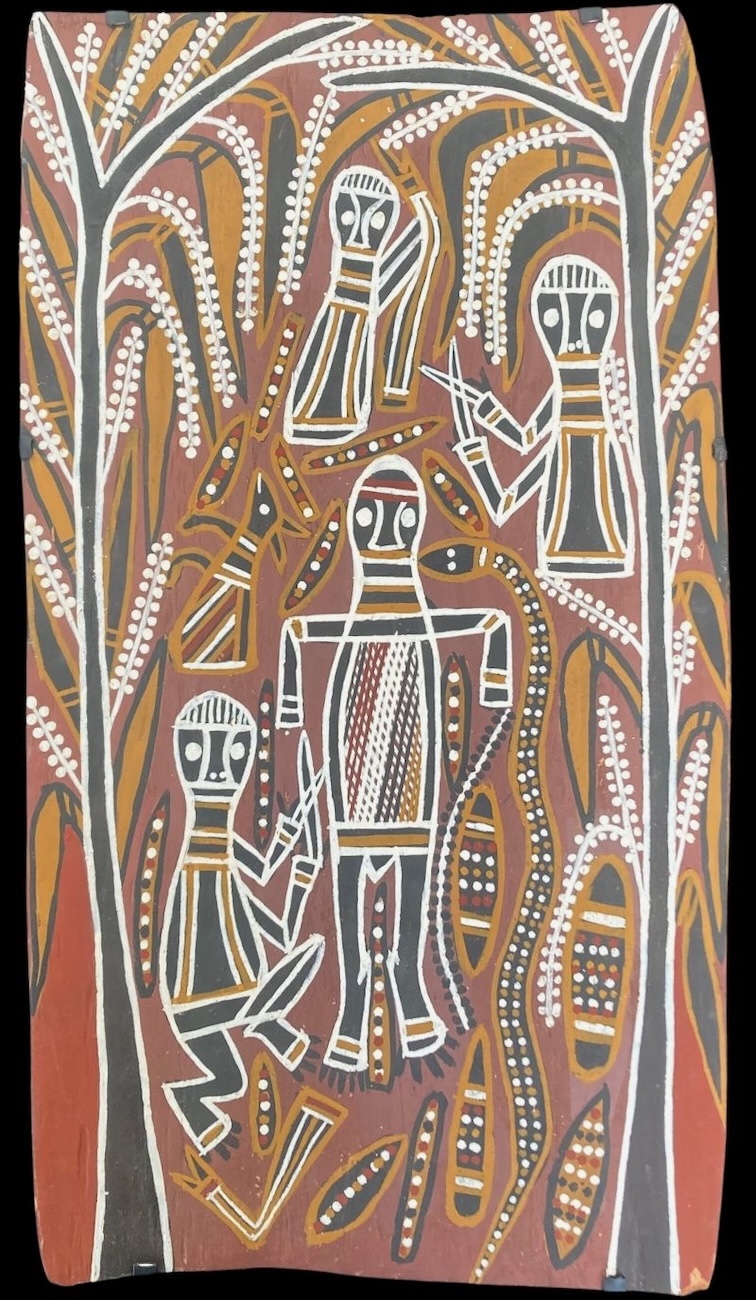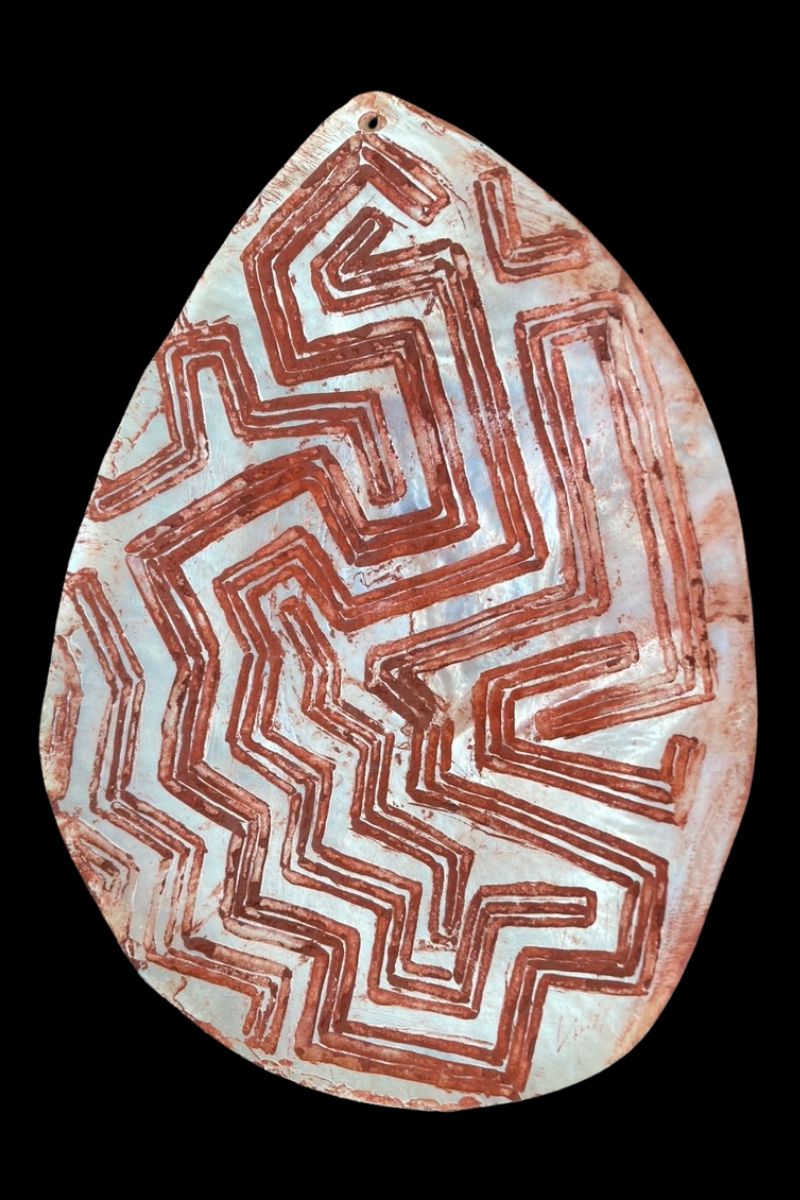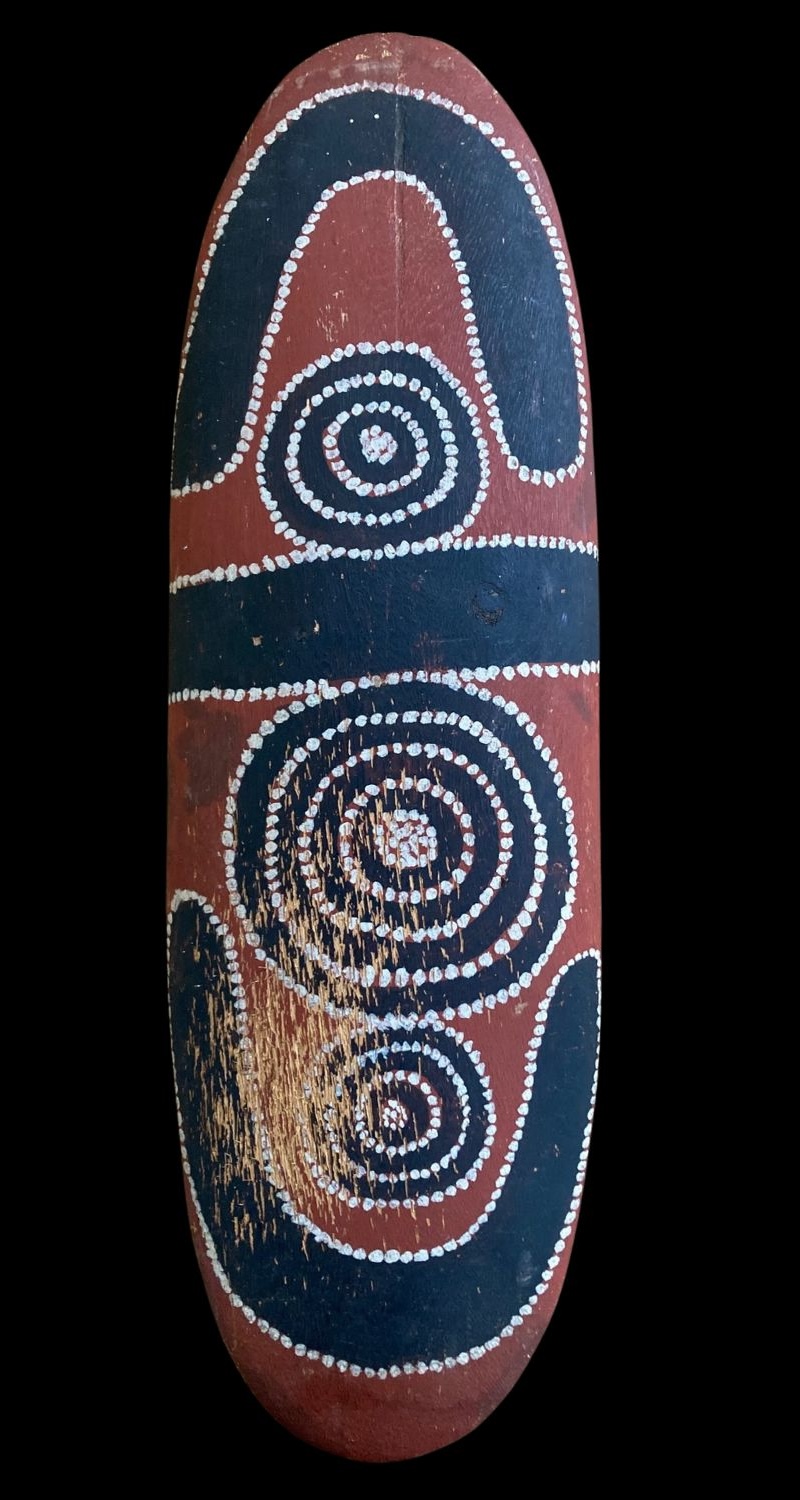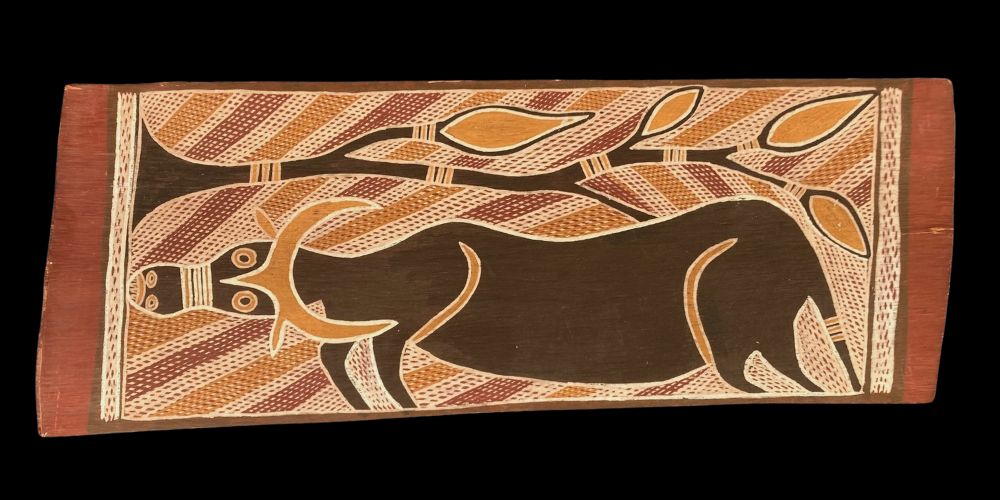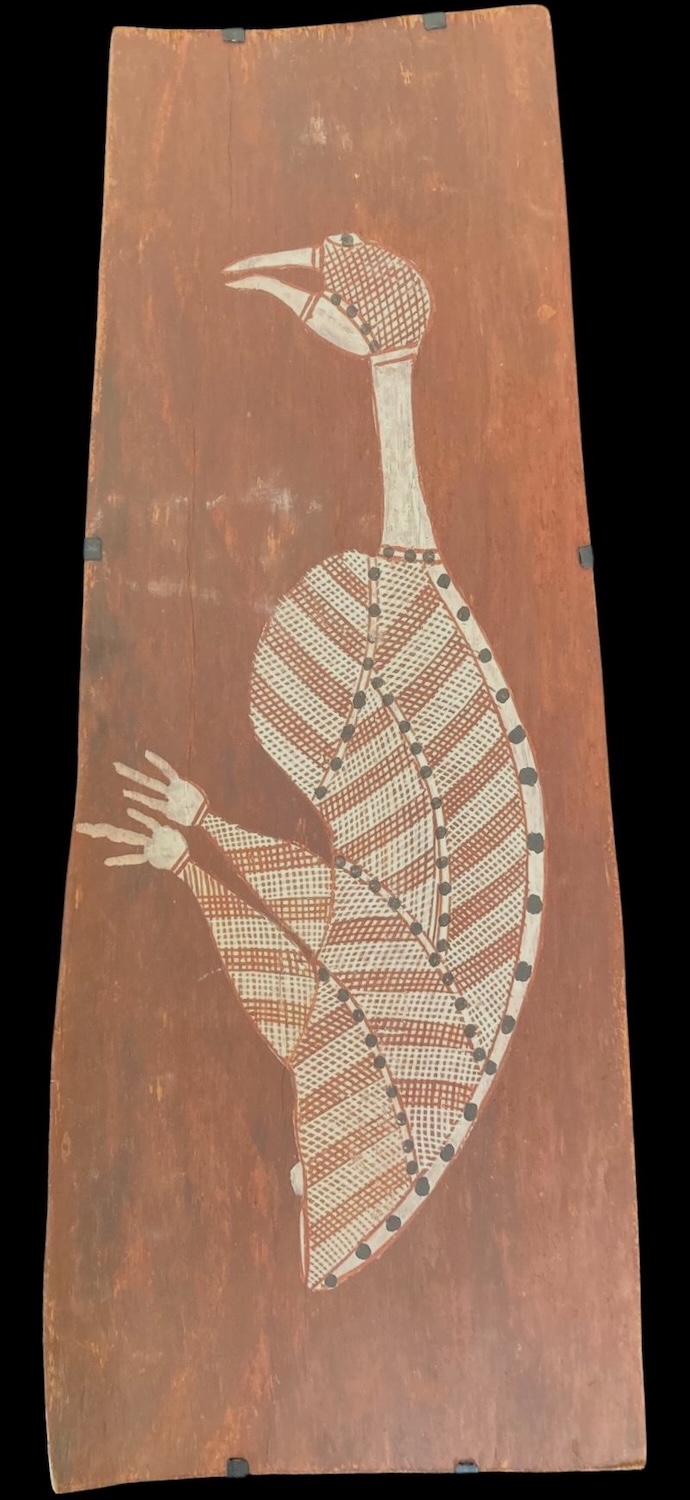Aboriginal Art Gallery
Aboriginal Art for sale
All aboriginal art for sale in the Aboriginal art gallery are Guaranteed authentic.
Click on any image for full information and additional images
(no Images please refresh)
Aboriginal Art Gallery – A Luxurious Gateway to Culture and Story
Introduction: Elegance Meets Ancestral Heritage
An Aboriginal art gallery is not merely a space—it is a sanctuary of living culture, crafted by custodians of the oldest unbroken artistic tradition in the world. Ranging from intimate regional centres to globally renowned institutions, these galleries are portals into ancestral wisdom, where every work of art carries the weight of Dreamtime, Country, and continuity.
Aboriginal art has flourished for tens of thousands of years, embodying not only aesthetic brilliance but profound spiritual, historical, and communal resonance. Galleries devoted to this art offer more than exhibitions—they are custodial environments where stories, law, and land endure.
The Gallery Experience: A Curated Conversation with Culture
Walking into a well-curated Aboriginal art gallery is like entering a living Dreaming. The walls are not inert—they pulse with ochres, dots, and cross-hatching that map ancestral tracks, celestial movements, and tribal memory.
Each gallery offers a distinct encounter:
-
Museum-scale institutions place Indigenous art at the centre of artistic dialogue. Case in point: the revitalized Yiribana Gallery in the Sydney Modern extension of the Art Gallery of New South Wales, which foregrounds Aboriginal artworks both physically and conceptually Condé Nast Traveler.
-
Regional art centres, like Injalak Arts (Gunbalanya) and Buku-Larrnggay Mulka Centre (Yirrkala), serve as community-owned creative hubs where artists work on-site and stories flow directly from Country through culture to canvas Wikipedia+1.
Here, ancient traditions meet contemporary practice—with bark painting, ceremonial weaving, and resin sculptures sharing space with experimental projections, ensuring that culture remains as vibrant as ever.
Why Aboriginal Art Galleries Matter
-
Cultural Continuity and Education
Galleries do more than display—they educate. They elucidate the complex tapestry of Aboriginal art: dot painting techniques, X-ray styles, cross-hatching, and clan-specific iconography that trace back over 65,000 years Through careful installation and interpretation, galleries transmit knowledge across generations and build bridges for all audiences. -
Sanctuaries of Storytelling
Most works shown in galleries are landscapes, Dreamtime narratives, or clan songs painted through symbols—each stroke is a poem of time, place, and belonging. This is more than art—it is a living archive of law, song, and a spiritual cartography that resonates through the land -
Ethical Platforms for Artists
Galleries, especially community-owned centres, offer ethical exhibition spaces and fair remuneration frameworks, ensuring artists benefit economically and culturally. They preserve spiritual authority by keeping artists connected to Country and cultural governance Financial TimesAboriginal Art Australia. -
Transformative Influence and Global Recognition
Aboriginal art galleries have catalysed broader appreciation. Exhibition highlights—including Yolngu artists at Art Gallery NSW and global visibility via Venice Biennale and European institutions—underscore how powerful these narratives are on a global platform Daily TelegraphThe Guardian.
Key Galleries Setting the Gold Standard
-
Yiribana Gallery, Sydney: Central to the Sydney Modern expansion, placing Aboriginal art as a leading voice, not an adjunct Condé Nast Traveler.
-
Buku‑Larrŋgay Mulka Centre, Yirrkala: A cultural epicentre celebrating Yirrkala artists like the Yunupingu sisters and Dhambit Mununggurr; its touring exhibition Maḏayin embodies sacred tradition travelling abroad Wikipedia.
-
Injalak Arts, West Arnhem Land: Home to Kunwinjku artists who live out their rock art traditions in contemporary media, weaving pandanus and painting Country with authenticity and purpose Wikipedia.
-
Tarnanthi Festival, Adelaide: An annual celebration, shining contemporary Indigenous art on a grand stage with inclusivity and breadth, unbounded by category Wikipedia.
Gallery as Muse: A Collector’s Artful Sanctuary
For collectors, visiting a well-formed Aboriginal art gallery is both intuitive and illuminating:
-
Provenance and Knowledge: An immersive, human-curated narrative unveils the origin, ceremonial significance, and artist’s cultural lineage—making each acquisition as meaningful as it is beautiful.
-
Curatorial Excellence: Galleries bring together works in visual harmony—textured ochres, rhythmic dot fields, delicate bark lines—enhanced by thoughtful lighting and layout, elevating presentation to experiential ritual.
-
Ethical Assurance: Galleries committed to authenticity guarantee artist attribution and maintain transparency about sourcing—reassuring both the heart and mind of discerning collectors Aboriginal Art AustraliaFinancial Times.
Key Principles of an Eminent Aboriginal Art Gallery
-
Cultural Custodianship
Galleries stand as stewards of people’s law, Country, and ceremony—where each work is sanctified and sacred stories are protected. -
Artist, Not Artifact
Artworks are created by living cultural practitioners, grounded in land and ceremonial law. Galleries honour this by weaving the artist’s voice into the viewer experience. -
Story-Led Curation
Arrangement reflects cultural logic—not purely aesthetics; each exhibit is a narrative thread through Time, Land, and Spirit. -
Inclusivity and Access
Galleries should be welcoming to all: scholars, collectors, students—offering accessibility without dilution of cultural integrity. -
Forward-Looking Tradition
While rooted in millennia of Dreaming, galleries champion innovation—resin, animation, digital storytelling—that keeps culture alive for new audiences.
Conclusion: Galleries as Cultural Vessels
An Aboriginal art gallery is not just a place to view art—it is where culture, economy, and story converge. From the tender lines on a bark panel to the sweep of a large canvas, each gesture echoes ancestral Country and a tradition more than 60,000 years deep.
To hold such an artwork is to become a temporary custodian of a vast narrative, patiently held by artists, families, and land. Galleries ensure that those stories will continue, luminous and unbroken, in homes, museums, and hearts around the world.
<p> </p>


